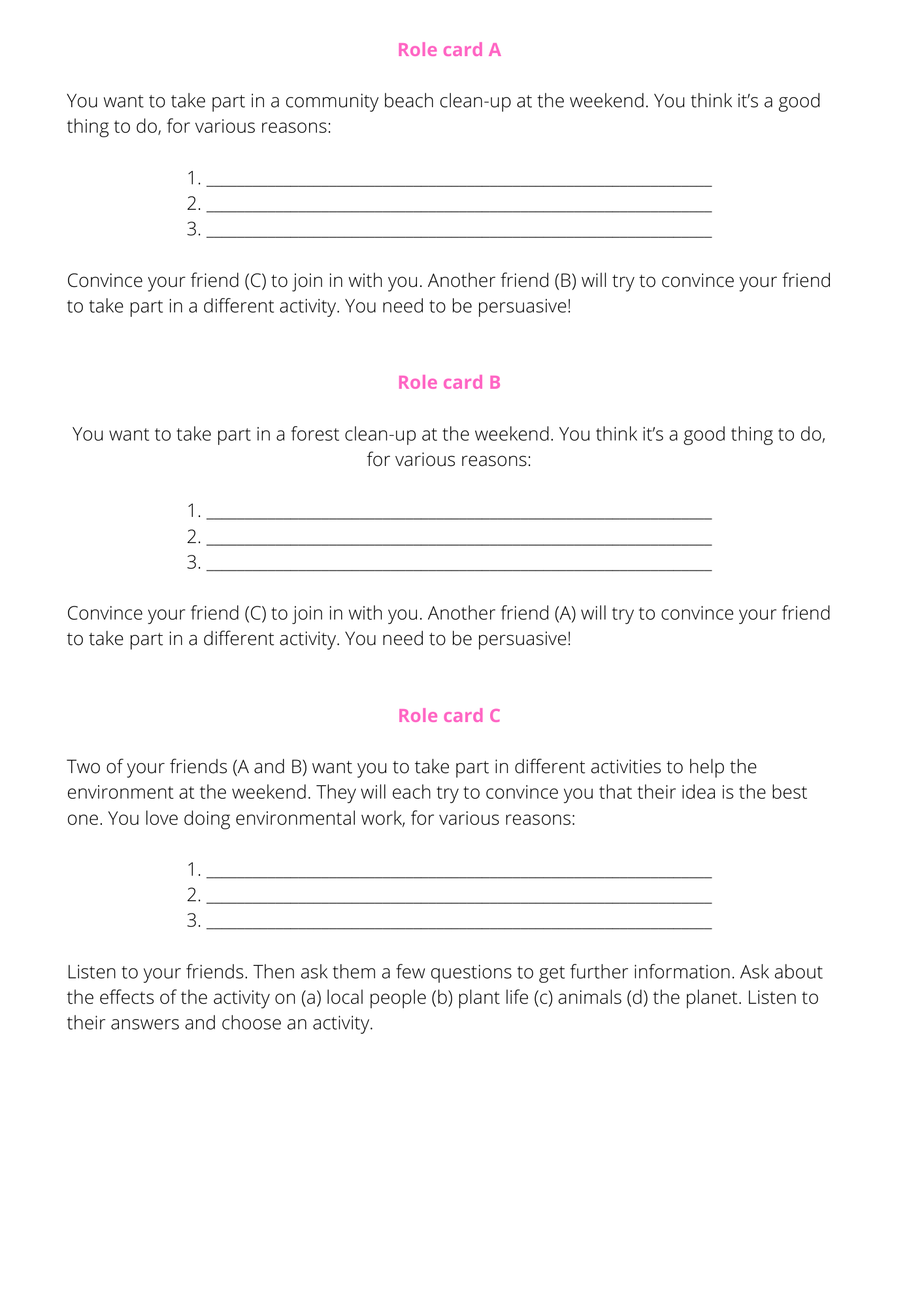Communicative Language Teaching
CLT (Communicative language teaching) is a teaching approach in which interaction is both the means of study and the fundamental objective of study. The teacher’s task is to help the learners develop their communicative competences. By engaging in real-life situations in the classroom, learners are equipped to deal with similar situations when they step outside. Instead of asking learners to study grammar rules, teachers provide tasks which require learners to communicate in meaningful ways, either with each other or with the teacher.
Several key aspects of CLT differ from more traditional teaching methods:
- Fluency
The main difference is the focus on fluency rather than accuracy. In CLT, the most important thing is for the learner to make themselves understood and for communication to be effective. This does not mean that there is never a focus on accuracy, but rather that leaners acquire it gradually as they practise using the language.
- Errors
By focusing on fluency, errors are highlighted less frequently in the classroom. Instead, they are seen as a natural phenomenon. As learners get better at English, they will commit fewer errors.
- Learners’ role
In a CLT classroom, the learners are communicators. They need to use the language to communicate information, share ideas and complete meaningful tasks.
- Teacher’s role
In a CLT classroom, the teacher is a facilitator and advisor. First, they set up a communicative task. Then, as the learners carry out the task, they offer advice and encouragement. They can also be co-communicator in a task.
Typical CLT activities:
-
Information gap activities
-
Information transfer activities
-
Role-plays
-
Opinion-sharing activities
-
Jig-saw activities
-
Task completion activities
To summarise, in Communicative Language Teaching:
-
learners use language in a natural way;
-
communication is key;
-
the focus is on fluency;
-
tasks involve meaningful use of the language;
-
errors are less important;
-
the language that learners use is less predictable;
-
learners can use their L1 if required;
-
learners discover grammar rules for themselves.
Bringing sustainability into the classroom:
For teachers who are interested in addressing aspects of sustainability in the classroom, CLT can be a good approach. Below are examples of how sustainability can be addressed using each of the activities suggested above.
Role-plays:
-
Organise learners into groups of three, A, B and C.
-
Give each learner a role card and let them have five minutes to complete the information in the cards and to think about the language they need to have a discussion.
-
Give learners five to ten minutes to act out their roles.
-
Monitor learners as they speak, making a note of any interesting language they use and any errors they make.
-
Give feedback on the task and discuss any interesting language the learners used.










